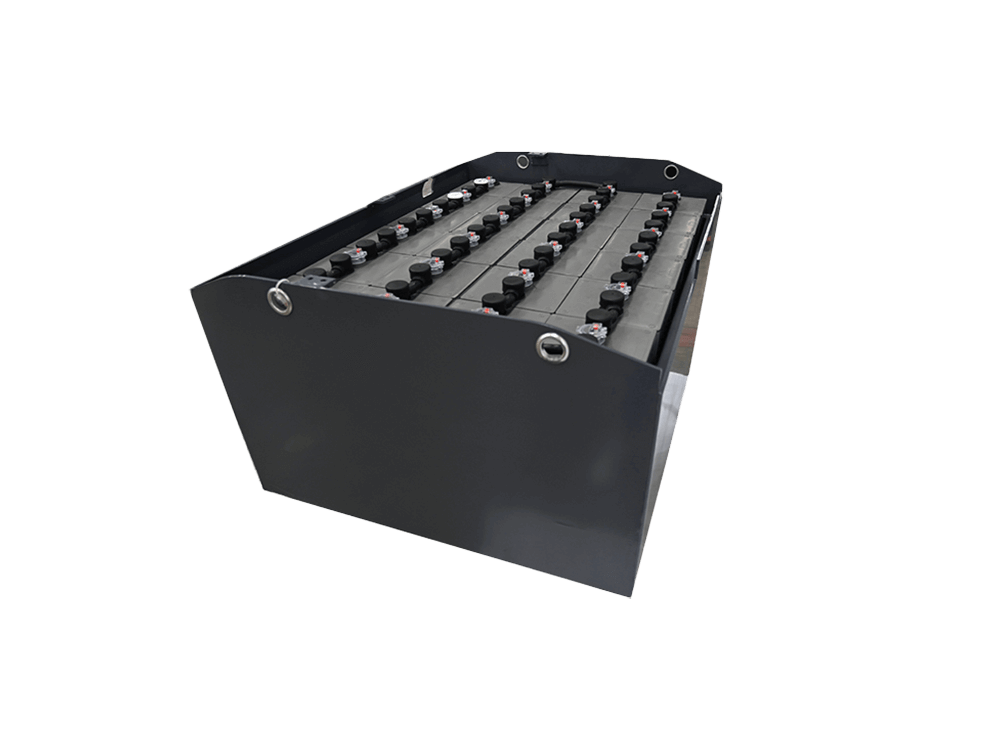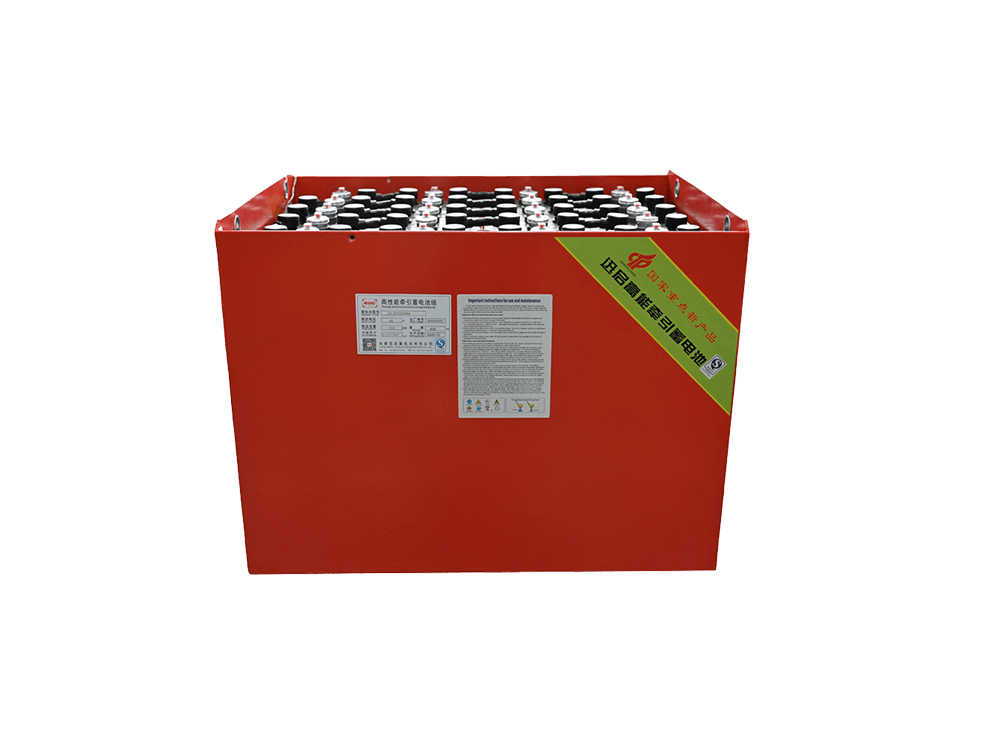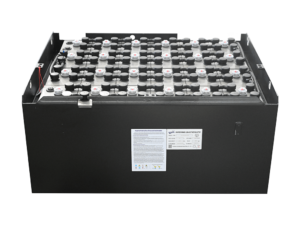Properly charging forklift batteries is crucial for ensuring extended battery life and optimal performance. Many users face challenges such as shortened battery lifespan and reduced power output over time. To address these concerns, it is essential to understand and implement effective charging methods. This article provides comprehensive guidelines and practical tips for charging forklift batteries correctly, enabling users to maximize battery performance and prolong its overall lifespan.
Table of Contents
Pre-Charging Preparations for New Forklift Batteries
Before initiating the charging process for newly purchased forklift batteries, it is essential to follow these key preparations:
- Battery Activation: New batteries often come in a partially charged state. However, it is recommended to perform an initial activation process. This involves charging the battery to its full capacity before its first use. Following the manufacturer’s instructions, complete the activation process to ensure optimal performance from the outset.
- Check Battery Specifications: Review the battery manufacturer’s guidelines to understand specific charging requirements and recommendations. Different forklift batteries may have unique charging parameters, including voltage, current, and charging time. Adhering to these specifications helps maintain battery health and performance.

Charging Techniques for Forklift Batteries
Proper charging techniques are essential for maximizing the efficiency and longevity of forklift batteries. Follow these guidelines for optimal results:
- Avoid Deep Discharge: It is crucial to prevent the battery from fully discharging regularly. Deep discharging can lead to sulfation, a process where sulfate crystals form on the battery plates, reducing its capacity and performance over time. Recharge the battery when its charge level reaches around 30% to avoid deep discharging.
- Utilize Opportunity Charging: Opportunity charging refers to recharging the battery during short breaks or downtime periods. This method helps maintain the battery’s charge level and extends its operating time. However, consult the manufacturer’s recommendations for the maximum number of opportunity charge cycles allowed to prevent overcharging.
- Employ Correct Charging Sequence: When charging the forklift battery, it is best to follow a specific sequence. First, connect the charger to the battery, ensuring proper polarity. Then, switch on the charger and set the charging parameters according to the manufacturer’s guidelines. Maintain a steady charging current and voltage until the battery reaches its full capacity.
- Avoid Overcharging: Overcharging can lead to battery damage, reduced capacity, and shortened lifespan. Modern chargers equipped with intelligent charging algorithms can help prevent overcharging by automatically adjusting the charging current and voltage based on the battery’s needs. Invest in a high-quality charger that offers these features to protect the battery from overcharging.
Storage and Maintenance Considerations
Proper storage and maintenance practices are essential for preserving the performance and lifespan of forklift batteries. Consider the following:
- Suitable Storage Environment: When batteries are not in use for an extended period, store them in a cool and dry location. High temperatures and humidity can accelerate battery degradation. Additionally, ensure the storage area is well-ventilated to prevent the accumulation of harmful gases emitted during charging.
- Regular Cleaning and Inspection: Periodically inspect the battery for any signs of damage, corrosion, or loose connections. Clean the battery terminals and connections using a suitable cleaning solution and a wire brush. This prevents the buildup of dirt or oxidation, ensuring optimal electrical conductivity.
- Watering and Electrolyte Levels: If using flooded lead-acid batteries, regularly check the water levels and top them up with distilled water as needed. Maintain the electrolyte levels within the manufacturer’s recommended range to promote efficient battery operation.
Conclusion
By following these best practices for charging, storing, and maintaining forklift batteries, users can maximize their performance, extend their lifespan, and avoid common issues such as reduced power output and shortened battery life. Adhering to manufacturer guidelines, avoiding deep discharging, employing correct charging sequences, and implementing proper storage and maintenance practices will help ensure optimal battery operation and efficiency for forklift applications.
For any further assistance or information, feel free to contact:
Shanghai Zhongsheng Industrial Co., Ltd
Website: zospower.com
Phone: +86-15026665707
Email: info@zospower.com




